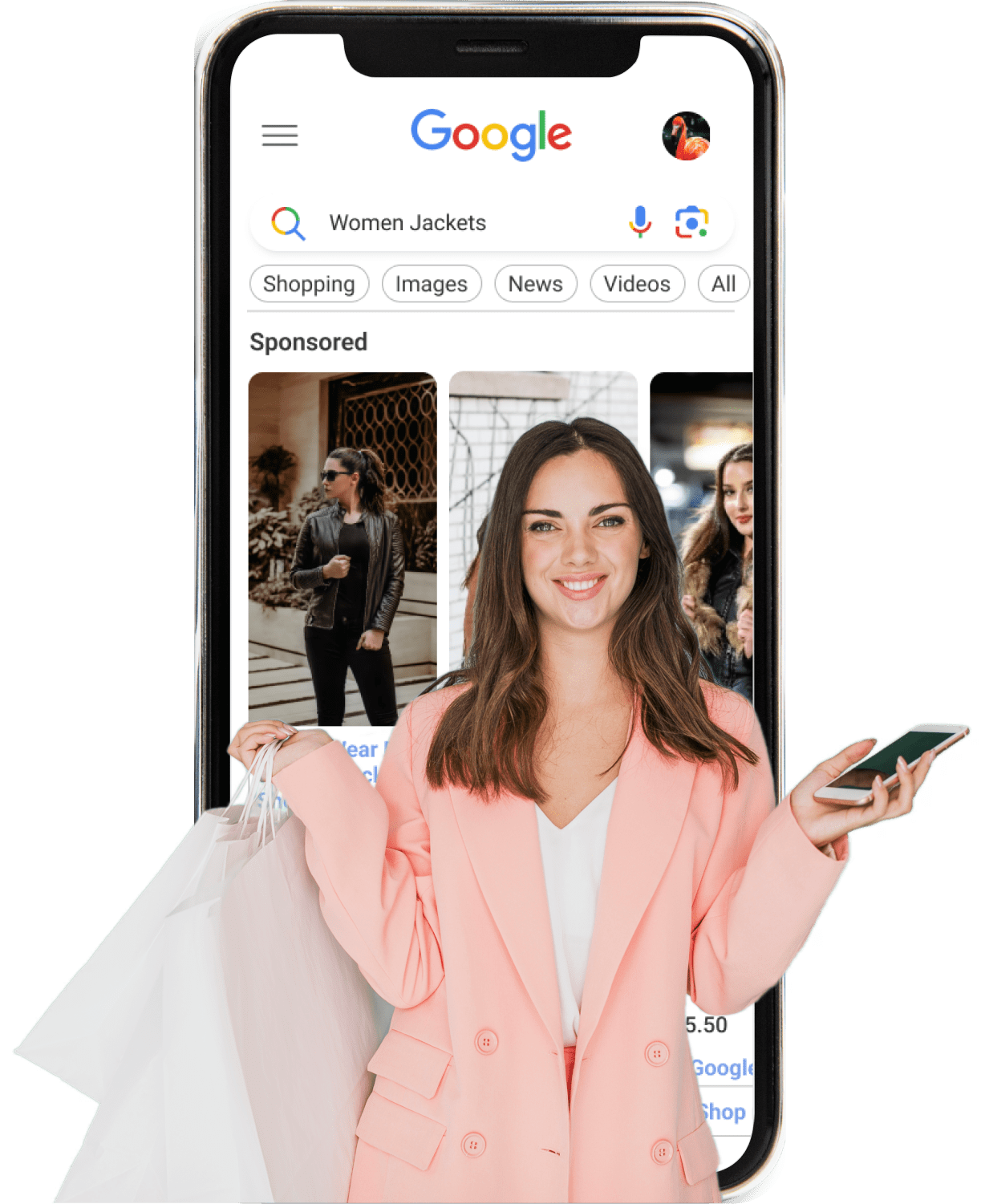
Coronavirus Has Accelerated Use Of Online Shopping Ads For Retailers
Since the spread of Coronavirus, the global economy has drastically changed. We probably won’t live like before. Some costumes will never return to stores in the same way and new customer have emerged online.
No matter which country you live in, you probably had a quarantine stage when you couldn’t go out and go shopping normally. One case or another, you know the experience. You spend more time at home. You still have a computer or a phone, and access to the Internet. It’s probable that having time and resources, you shopped through the Internet. If so, you’re not alone! The increase in online shopping has been exponential. As an example, in the U.S the e-commerce grew 35% And if you still don’t think that’s much, we’re talking about an increase of 50 billion in two quarters.
People that weren’t buying on the Internet before, changed their costumes, and adapted to the “new normal”. Shoppers who didn’t use to buy on the Internet because they didn’t trust this system, now do, and this is a costume that will remain.
Supply and demand. With such a big increase in demand, retailers have a better chance than ever to sell more online.
What is the best tool to sell products?
Google Shopping. And I’ll tell you why.
When you think about online shopping, you might probably think of Amazon first, and I know why. From the buyer’s point of view, you can access thousands of products and receive them fast. Amazon is great for generic products but Google specific search continues to grow and very fast.
It is a system provided by Google (obviously) that recommends products when you search for a certain thing. Here are a few reasons to use Google Shopping:
- Google Shopping is proven to have a 34% higher conversion rates than text ads.
- It allows you to show up multiple times in Google search engine results pages (as a text-only, website results, and Shopping results).
- Google Shopping adds a visual touch to an otherwise text-only searching and shopping experience.
This proces is interesting and helps the research phase because you have all the information about the product at a glance. You have the price, the image, a title, and a brief description.
So if someone is looking for a specific product, and your product is ranked at the top of the list, there are huge chances of your product ads being clicked. The ad link redirects the possible customer to your website or e-commerce site.
Tips once people click on your ad
Once they enter your web site, they are “playing under your rules”. You can personalize the experience. It’s not the same as an anonymous row on Amazon. You can add the brand factor to the equation. For someone that is looking for a product different and special, with great designs or special value, this is ideal.
So in addition to the ads that appear when you look for a product, you also have the marketplace. Google Shopping has a marketplace. And this is were branded products triumph.
What do you need to start with Google Shopping?
First, you need to create a Google AdWords account. This is a simple and easy process that can be done using a Google login. After that, you’ll need to set up a Google Merchant Center account. You will need to enter information about your business and verify your website. The next step will be to upload all the products information. This will contain a list of the products you sell with its characteristics including descriptions (like color, brand, price). This is one of the many parts that an optimization of the text will be useful, to rank in the searches. If you need help with this, please contact us. At ShoppingIQ, you can create advance feeds in seconds.
One of the last steps is to create a Google Shopping campaign. This can be done through your Google Adwords account or through ShoppingIQ itself.
You can set the campaign name, country of sale, and daily budget. Once that is done, your campaign is created, and you can administer it on your Google AdWords account or via ShoppingIQ for additional insight and features.
There are a couple of factors that you need to think about before investing in your products campaign. You need to think about the goal of the campaign. Do you want to increase your sales? Or increase your website traffic? Or Leads (focused on conversions)?
Sales campaigns drive sales online. Leads campaigns, as I said before, gather leads and other conversions by encouraging shoppers to complete an action.
Website traffic campaigns bring the right people to your website. Google and artificial intelligence designs each campaign to align with your goal, so be sure to pick whichever one is best for your company or brand.
After choosing a campaign goal, you have to designate the campaign type as Shopping.
Lastly, choose a campaign subtype. It can be a Smart Shopping campaign or standard camping.
In your Google Shopping settings, you’ll be asked to select your bidding strategy and set your campaign budget.
Bidding is how you spend for people to view, click on, and engage with your ads. According to Google, “a sufficient bid and high-quality product data will earn your ad a higher rank.”










